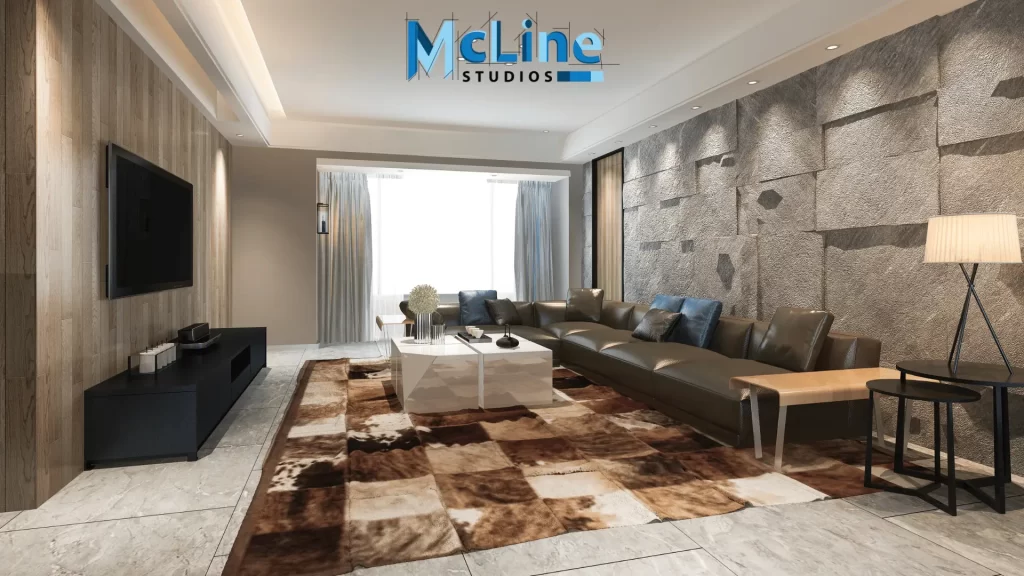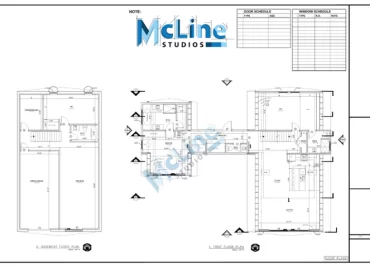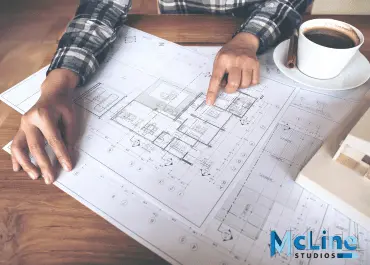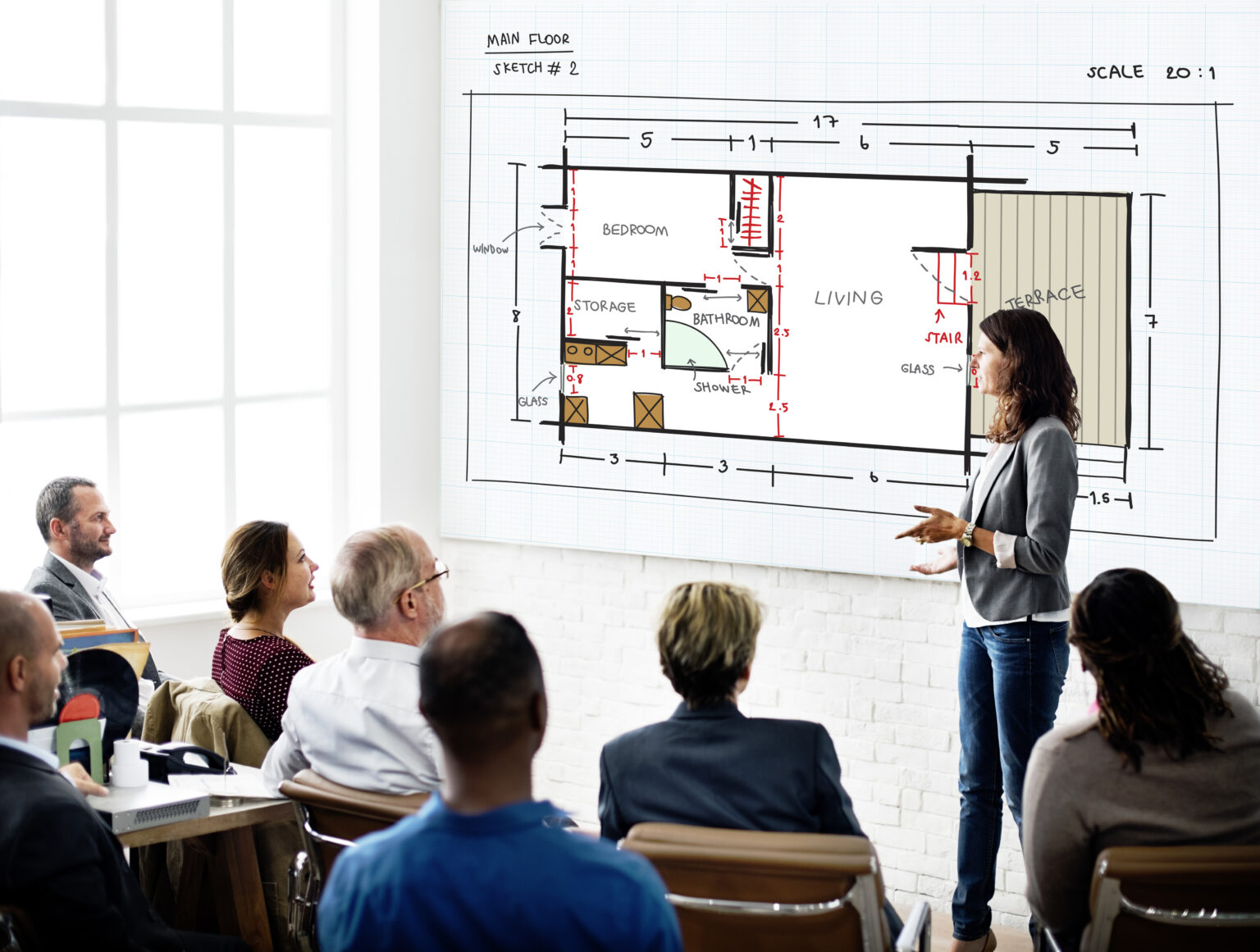Real time rendering is a dynamic process in computer graphics where images are generated instantaneously or close to it, typically at rates of 30 frames per second or higher, to create interactive and immersive visual experiences. This technique is employed in various applications such as video games, virtual reality simulations, architectural visualization, and augmented reality systems.
Unlike traditional rendering methods that might take minutes or even hours to generate a single frame, real-time rendering requires algorithms and hardware capable of rapidly processing and displaying scenes in response to user input or environmental changes. Key technologies involved in real time rendering include rasterization, shading, lighting, and optimization techniques to efficiently utilize available computational resources.
Real-time rendering has revolutionized the way we interact with digital content, enabling responsive and lifelike visuals that blur the lines between the virtual and the real world. Its applications continue to expand, driving advancements in graphics hardware, software development, and user interface design.
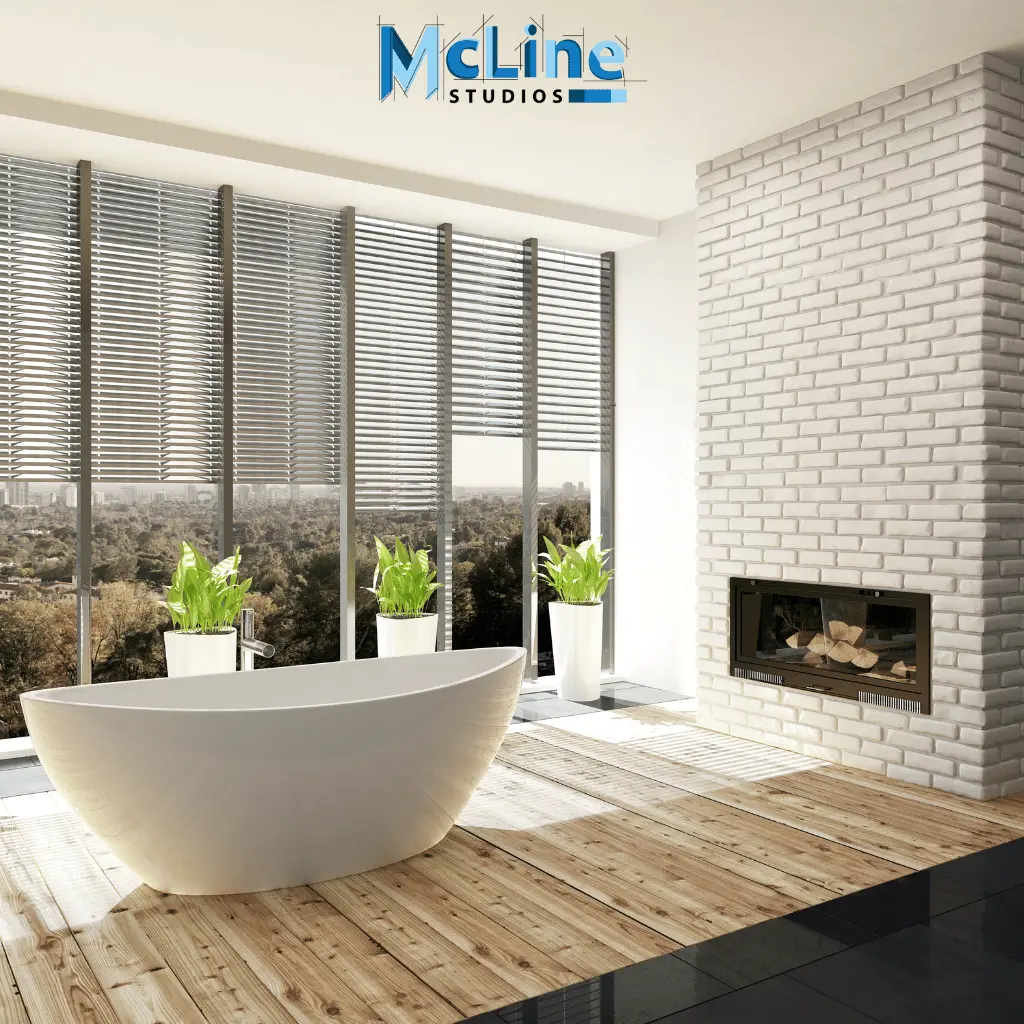
Key Aspects of Time Rendering
Several key aspects are critical for achieving effective real time rendering:
Rendering Pipeline Optimization
- Real time rendering involves a series of stages known as the rendering pipeline, including geometry processing, rasterization, shading, and output. Optimization of each stage is crucial for achieving real-time performance.
- Geometry processing involves transforming vertices and primitive assembly. Techniques like vertex caching and instancing help minimize CPU overhead and efficiently process large amounts of geometry.
- Rasterization converts geometric primitives into pixels on the screen. Optimizations such as conservative rasterization and tile-based rendering enhance efficiency by reducing overdraw and memory bandwidth consumption.
- Shading involves computing the appearance of surfaces using algorithms like vertex and pixel shaders. Optimizations like shader permutation reduction and register usage minimization help streamline shader execution.
- Output involves presenting the final rendered image to the display. Techniques like double buffering and asynchronous GPU commands ensure smooth frame delivery and reduce latency.
Lighting and Shading
- Realistic lighting and shading play a pivotal role in creating visually appealing scenes. Techniques like Phong shading, Blinn-Phong shading, and physically based rendering (PBR) simulate how light interacts with surfaces to produce realistic results.
- PBR models complex light interactions, including diffuse reflection, specular reflection, and energy conservation, resulting in more accurate and believable rendering.
- Advanced shading techniques such as ambient occlusion, subsurface scattering, and image-based lighting further enhance the realism of rendered scenes by accounting for intricate lighting effects and material properties.
GPU Acceleration and Parallelism
- GPUs (Graphics Processing Units) are designed for parallel computation and play a critical role in real-time rendering. Leveraging GPU acceleration and parallelism enables efficient execution of rendering tasks, leading to high-performance graphics rendering.
- Graphics APIs (Application Programming Interfaces) like DirectX and Vulkan provide low-level access to GPU hardware, allowing developers to optimize rendering algorithms and exploit parallel processing capabilities effectively.
- Compute shaders enable general-purpose computation on the GPU, facilitating tasks beyond traditional graphics rendering, such as physics simulations, procedural generation, and artificial intelligence.
Material and Texture Management
- Materials and textures contribute to the visual richness of rendered scenes but can also impose significant memory and performance overhead. Efficient management of materials and textures is essential for optimizing rendering performance.
- Texture streaming techniques dynamically load and unload texture data based on visibility and proximity to the camera, minimizing memory usage and load times.
- Mipmapping generates lower-resolution versions of textures to improve rendering performance and reduce aliasing artifacts, particularly during texture sampling at oblique angles or varying distances.
- Texture compression algorithms like DXT and ASTC reduce texture memory footprint without significant loss of visual quality, enabling efficient storage and rendering of high-resolution textures on limited hardware resources.
Scene Management and Occlusion Culling
- Real-time rendering often involves rendering complex scenes with numerous objects, which can strain rendering resources. Effective scene management and occlusion culling techniques optimize rendering workload and improve performance.
- Spatial data structures like bounding volume hierarchies (BVH), octrees, and quadtrees organize scene geometry for efficient traversal and intersection tests, reducing the computational overhead of rendering large scenes.
- Occlusion culling identifies occluded objects and excludes them from the rendering process, conserving GPU resources and improving frame rates. Techniques like frustum culling, occlusion queries, and portal culling selectively render only visible portions of the scene, enhancing rendering efficiency.
Post-Processing Effects
- Post-processing effects are applied to the final rendered image to enhance visual quality and add cinematic flair. Implementing these effects efficiently is essential for maintaining real-time performance while achieving desired aesthetic enhancements.
- Bloom adds a glowing effect to bright areas of the image, simulating the diffusion of light through the lens of a camera or eye.
- Depth of field mimics the focus blur effect observed in real-world photography, selectively blurring objects based on their distance from the focal plane, creating a sense of depth and realism.
- Motion blur simulates the blurring of fast-moving objects, adding a sense of speed and fluidity to animated scenes. Techniques like velocity-based motion blur efficiently approximate motion blur effects without significant computational overhead.
- By optimizing these key aspects of real-time rendering, developers can achieve high-performance graphics rendering with realistic visuals and immersive experiences across a wide range of interactive applications and platforms.
Pros and Cons of Real Time Rendering
Real-time rendering, the process of generating and displaying graphics instantly as they are manipulated, offers numerous advantages and disadvantages. Below, I’ll outline the pros and cons of real-time rendering:
Advantages of Real Time Rendering
- Interactivity: Real-time rendering allows for immediate interaction with the rendered scene, making it ideal for applications like video games, simulations, and virtual reality experiences. Users can navigate through environments, manipulate objects, and see instant feedback.
- Efficiency: With advancements in hardware and software technology, real-time rendering has become increasingly efficient. Graphics processing units (GPUs) are optimized for parallel processing, enabling complex scenes to be rendered quickly and smoothly.
- Flexibility: Real-time rendering systems often provide extensive customization options, allowing developers to adjust parameters like lighting, textures, and effects in real-time. This flexibility facilitates rapid prototyping and experimentation during the development process.
- Dynamic Environments: Real-time rendering excels at rendering dynamic environments where elements such as lighting, weather, and physics can change dynamically. This capability enhances realism and immersion in applications like video games and architectural visualizations.
- Immediate Feedback: Artists and designers can see immediate feedback on their changes, allowing for iterative refinement of the rendered scene. This real-time feedback loop enhances productivity and creativity in the content creation process.
- Accessibility: Real-time rendering technology has become increasingly accessible due to the proliferation of game engines and development tools. This accessibility has democratized content creation, enabling individuals and small teams to create high-quality graphics and interactive experiences.
Disadvantages of Real Time Rendering
- Limited Fidelity: While real-time rendering can achieve impressive visual fidelity, it often sacrifices some level of detail and realism compared to offline rendering techniques. This trade-off is necessary to maintain performance and interactivity, particularly in resource-constrained environments like video game consoles or mobile devices.
- Hardware Requirements: Achieving real-time rendering performance requires powerful hardware, including high-performance GPUs and CPUs. This can be a barrier to entry for some users, particularly those with older or less capable hardware.
- Complexity: Real-time rendering systems can be complex to develop and optimize, especially for large-scale projects with demanding performance requirements. Optimizing performance while maintaining visual quality requires a deep understanding of rendering algorithms, hardware architecture, and software optimization techniques.
- Artistic Constraints: Real-time rendering imposes constraints on artistic expression due to performance limitations and technical considerations. Artists may need to compromise on their vision to achieve acceptable performance, leading to creative limitations.
- Maintenance Overhead: Real-time rendering systems require ongoing maintenance and optimization to ensure optimal performance across different hardware configurations and software environments. This ongoing maintenance can be time-consuming and resource-intensive, particularly for projects with long development cycles.
- Realism vs. Speed: Balancing realism and speed in real-time rendering can be challenging. Achieving highly realistic graphics often comes at the cost of performance, requiring developers to make trade-offs between visual fidelity and frame rate.
Real-time rendering offers significant benefits in terms of interactivity, efficiency, and flexibility, making it well-suited for a wide range of applications. However, it also comes with challenges related to performance, fidelity, complexity, and maintenance. Understanding these pros and cons is essential for 3d visualizers looking to leverage real-time rendering technology effectively.
Conclusion
In conclusion, real-time rendering stands as the cornerstone of immersive digital experiences, enabling seamless interaction and dynamic visuals across various platforms. From video games to architectural visualization and beyond, its impact is profound and continuously evolving.
As we navigate this dynamic landscape, one company stands out for its commitment to excellence and innovation: McLine Studios. With its cutting-edge 3D rendering services, McLine Studios empowers clients to bring their visions to life with stunning detail and unparalleled realism. Whether it’s architectural designs, product prototypes, or virtual environments, McLine Studios harnesses the power of real-time rendering to exceed expectations and inspire awe.

